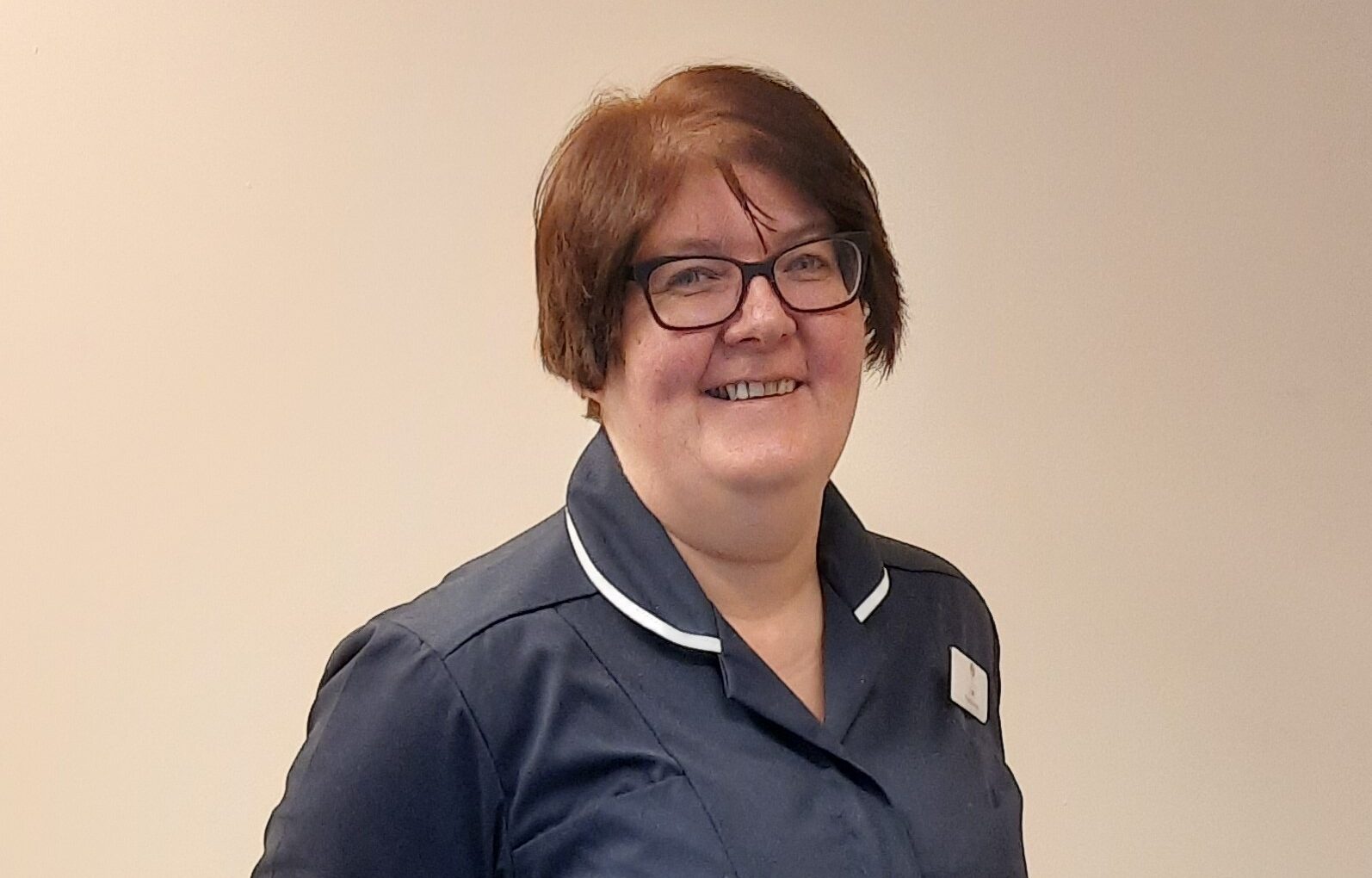
My career progression has been defined by moments that have made me realise I need to progress from my current position to the next stage in my development.
I started in primary care fifteen years ago as a receptionist, and soon realised I wanted to work in a clinical environment with patient contact. My career then swiftly evolved from working as a phlebotomist to a health care assistant (HCA), and I assumed I would remain a HCA forever.
Trainee Nurse Associate
My first defining moment was when my Lead Nurse approached me regarding a new role called a Trainee Nursing Associate (TNA). The local university asked for general practice applicants as none were currently enrolled in the course. Having left school in 1991, I had never written academically, and no one in my family had attended university. I rebuffed it until a general practitioner came into my clinic and asked for my opinion on how to treat a wound for a patient she was seeing. She valued my opinion in wound care, even as a HCA.
With the current negative news regarding the Additional Roles Reimbursement Scheme (ARRS), I want to share my positive journey in an extensive general practice. I always knew I would return to primary care as a TNA, so I decided to tailor my training to the needs of my future practice. Each placement allowed me to reflect on how it would help me in my role, and while gaining secondary care experience, it was in general practice where my heart lay.
As a cohort, I and fellow TNAs were aware of the animosity around the role in secondary and primary care. We were often bypassed with training during placements as we were not taking the ‘normal’ student route. The role did not receive positive feedback within general practice due to a lack of education. My training included educating primary and secondary care colleagues on how the role would fit alongside nurse colleagues. We were often referred to as the ‘old State Enrolled Nurses’. But as TNAs, there were no blurred lines concerning the work that registered nurse associates (RNAs) could complete and the skills needed; we had concrete guidelines.
The general practice nurses (GPNs) were aware of my areas of expertise. I respected their leadership, which enabled me to collaborate in their care plans and incorporate their ideas into the treatment of my patients. I can only imagine the difficulties experienced in stand-alone surgeries where GPNs work alone with all the duties on their shoulders. This complicates the RNA role, as they can see their colleagues struggling with the workload and they may step up to assist them, straying outside their remit, which has very serious risks.
Steps Towards Registered Nurse
My RNA training included an assignment based on long-term conditions (LTCs), and a lecturer persuaded me to research Type 2 Diabetes. This was my second defining moment, as I fell in love with researching LTCs, and it clicked that this was why the GPN role was so important in patient care. As an RNA, I was able to complete a diploma in diabetes care, but I would never be able to adjust medication or help patients with their insulin regime, as RNAs are not able to adapt care plans. I realised I needed to continue my journey to become a Registered Nurse (RN).
The General Practice Nursing Foundations course would never originally have been on my radar. My final top-up year included leadership, management and care planning. This was an essential part of what I needed to become an RN, to understand the GPN role, and how this would benefit the GP surgery and patients.
Transitioning from an RNA to a GPN was difficult, and I experienced ‘Imposter Syndrome’ in my new role. It took me time and effort to appreciate that I had earned the GPN title and the navy blue uniform I now wear. I have very supportive colleagues who helped me through this transition; I am part of a large team. I’m unsure how I would have coped in a small surgery; having completed an excellent District Nurse placement, I may have moved to a district role for a more team-based approach.
I am still on TNA/RNA forums and GPN forums, and I can understand both sides’ frustrations with how many practices rely on RNAs to step up and complete treatment room skills that were never meant to be completed by an RNA. I have been called a ‘cheap nurse’ during my training but never had to work outside my job description.
Research has shown that the ARRS roles have not made the GPN role any more manageable, and in fact, GPNs must teach other new roles and act as supervisors, which puts added pressure on them. If utilised correctly, RNAs can bring much-needed experience to primary care, allowing the GPNs time to complete more in-depth treatments and LTC appointments. Working alongside their RNA colleagues, GPNs can have nurse-led clinics and a team they respect and trust. Having clearly defined guidelines for the two roles will allow both to work in harmony, without RNAs feeling pressured to run clinics outside their competencies by management.
My answer to how to eat an elephant, the question in the title, is one bite at a time: this, I feel, is how I have succeeded throughout my career. So, whether you are an RNA or a GPN, I hope your elephant is kind and not too chewy!
Alicia Langdown
General Practice Nurse
